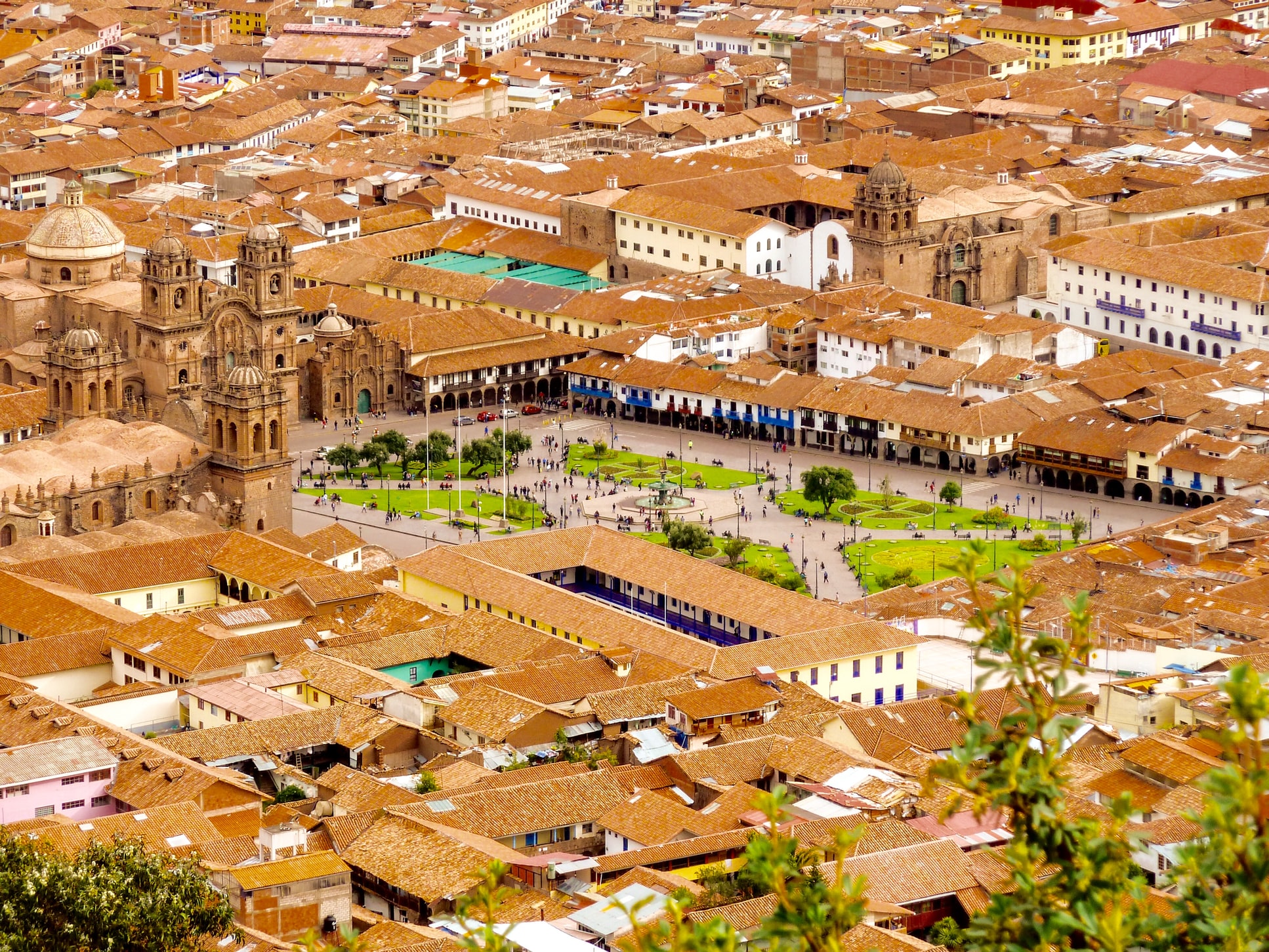
Cuzco was the capital of the Inca empire and, in colonial times, it became one of the most important cities of the Viceroyalty of Peru. It is not surprising, therefore, that what was the nerve center of the largest empire in pre-Columbian America today preserves the beauty of those places where history is breathed. This is certified by UNESCO, which, in 1983, declared Cuzco Heritage.
Another attraction of the city is its landscape richness. To be located in the Andes Mountains, at 3399 meters above sea level, it has very special climatic conditions that give it great biodiversity. So, if you are touring Peru, Cuzco and its surroundings should be a mandatory stop on your route.
So that you do not miss any of the natural landscapes, archaeological treasures and monuments in the area, I will offer you in this post a list with the most interesting places to visit in Cuzco and I will give you information about activities and excursions that you can do near the city.
What to visit in the city of Cuzco
The Inca essence of Cuzco
According to the founding myth, Cuzco was created millennia ago by design of the Quechua god of the Sun, Inti. Although they exist different legends around the founding of the city, I will share with you the one that was spread by the Inca Garcilaso de la Vega. It was the first one they told me when I arrived in Cuzco and, perhaps because of that, it occupies a special place in my memory.
According to legend, millennia ago the sun god sent two of his sons to earth, Manco Cápac and Mama Ocllo, with the task of founding a new city. The brothers sailed on Lake Titicaca, taking with them a golden rod that, upon reaching present-day Cuzco, was nailed to the ground by just one hit. Thus it was decided which would be the destined place to erect that new city
Beyond all legend, what is a proven historical fact is that Cuzco was the center of power of the Inca Empire Even today vestiges of one of the most important and ancient civilizations in South America are still preserved in the city. If you want to know Cuzco, you should start with its roots, that's why I want to share some of the places that will help you discover the Inca essence of Cuzco.
Qorikancha
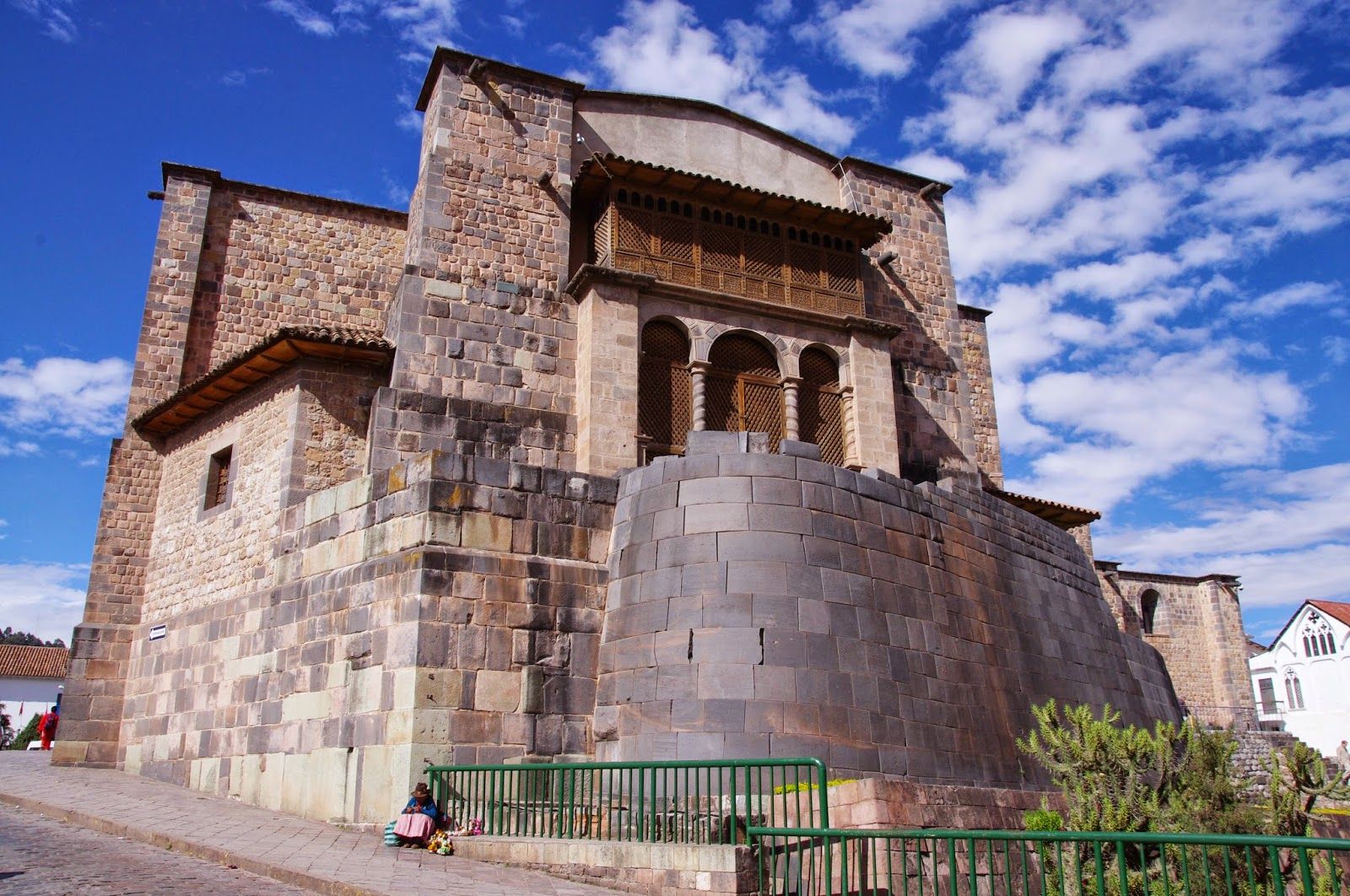
Qorikancha was the main Inca temple built in Cuzco. Its name comes from the union of two Quechua words: "quiri", gold, and kancha, temple. In this "golden temple" Indi, god of the Sun was worshiped. Its majestic structure and ostentatious decoration were a tribute to the deity. The front was composed of a stone wall and, according to accounts of the time, topped with a kind of pure gold border.
Unfortunately, with the arrival of the Spanish, the original appearance of Qorikancha disappeared and, preserving the walls of the temple, the convent of Santo Domingo was built (1963), the first of the Dominican order in Peru. The Inca foundations were covered with plaster and Catholic paintings, until in 1650 an earthquake caused the building to partially collapse, reviving the remains of the old temple. Do not forget to visit Qorikancha, it is a great example of hybrid architecture and a live ra reflection of the stages that shaped today's Cuzco.
The 12 angle stone
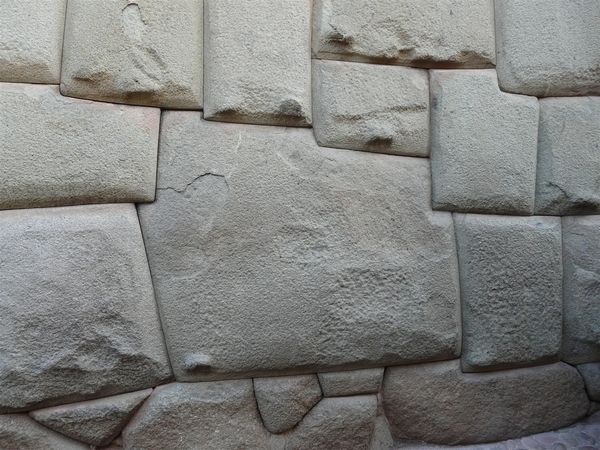
The 12 Angle Stone, located on Hatum Rumiyoq Street, is a stone block "green diorite" that was part of the Palace of the Inca Roca. The center stone of the wall has 12 angles, hence its name, carved with extreme accuracy and that assemble perfectly with the rest of the pieces. This type of structure, very common in the Inca culture, allowed the stones to be fitted without any type of mortar. That palaces and temples built in this way are still standing is proof of their solidity.
The Palace, built by order of Inca Roca, was also the residence of his descendants until the arrival of the Spanish (XNUMXth century). In the colonial period it was looted and, keeping the famous wall as a foundation, the Spanish built the House of the Marquis of Buenavista and the Palace of the Marquis of Rocafuente. Finally, the building was donated to the church and became the Archbishop's Palace. Currently, it is also the Museum of Religious Art of the city of Cuzco.
Although a priori you think that seeing a stone wall is not a very attractive activity, I recommend that you do not skip this stop when you make your tour of Cuzco. The dimensions of the stone and the perfection of the structure will not leave you indifferent. In addition, being in a public street, you will not have to pay anything to visit it and you will not have to be aware of any schedule, you can visit it at any time of the day.
Sacsayhuamán Ruins
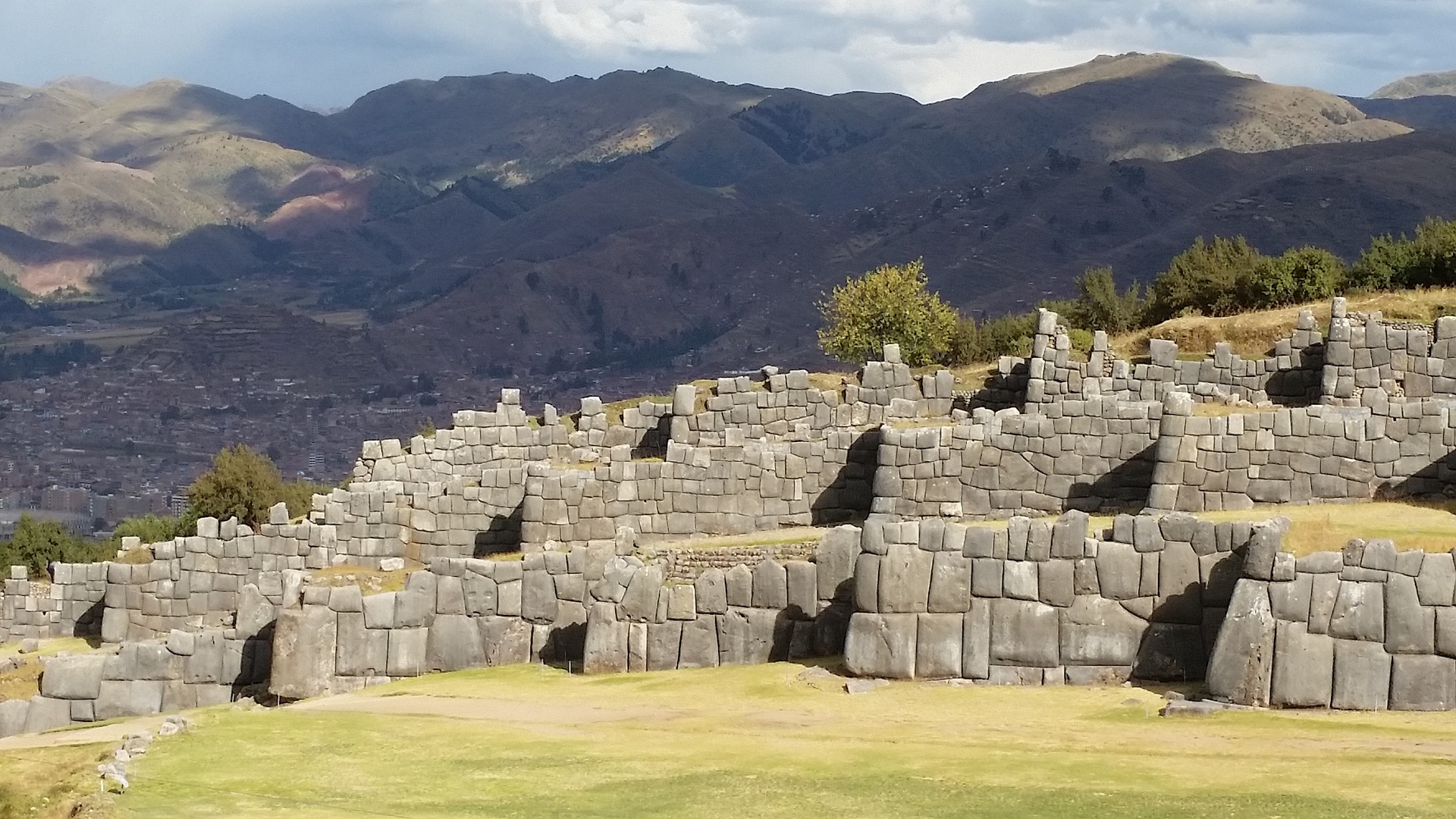
When we talk about Inca archaeological remains, we directly think of Machu Pichu. However, in Cuzco there are other archaeological sites and ruins of ancient cities that are worth visiting. Although they are less touristy places, they are equally interesting and dedicating part of your stay in the city to discovering them is, without a doubt, a great success.
Very close to Cuzco, about 30 minute walk from the Plaza de Armas, are the Ruins of Sacsayhuamán. The ancient Inca fortress is located on top of a high hill, on a spectacular landscape. In fact, from the ruins you can enjoy one of the most impressive panoramic views of Cusco. "Sacsayhuamán" is a word that comes from Quechua and could be translated as: "place where the hawk is satiated", perhaps the name is given by the hawks that fly over the great architectural work.
Sacsayhumá was an authentic city, immense, of which only x ha are preserved. It housed all kinds of constructions: sacred and ceremonial buildings, residences, towers, aqueducts ... In the Inca city there are still tunnels, gates, walls and towers and, although much of it has been lost, It is easy to imagine the vastness and splendor it had in the past.
Route through the inheritance of the Viceroyalty
The colonial period completely changed the city of Cuzco. After the arrival of the Spanish, many Inca buildings were destroyed or transformed, consolidating a city in which the Inca style coexists with the baroque imported by the settlers. After the 1650 earthquake, numerous buildings were built in the city, creating a Monumental Cuzco characterized by the presence of religious buildings. The colonial architecture of Cuzco is impressive and deserves to be explored in detail. I share with you those that are, at least for me, essential points if you want to imagine how much the Inca capital meant for the Viceroyalty of Peru.
Barrio de San Blas
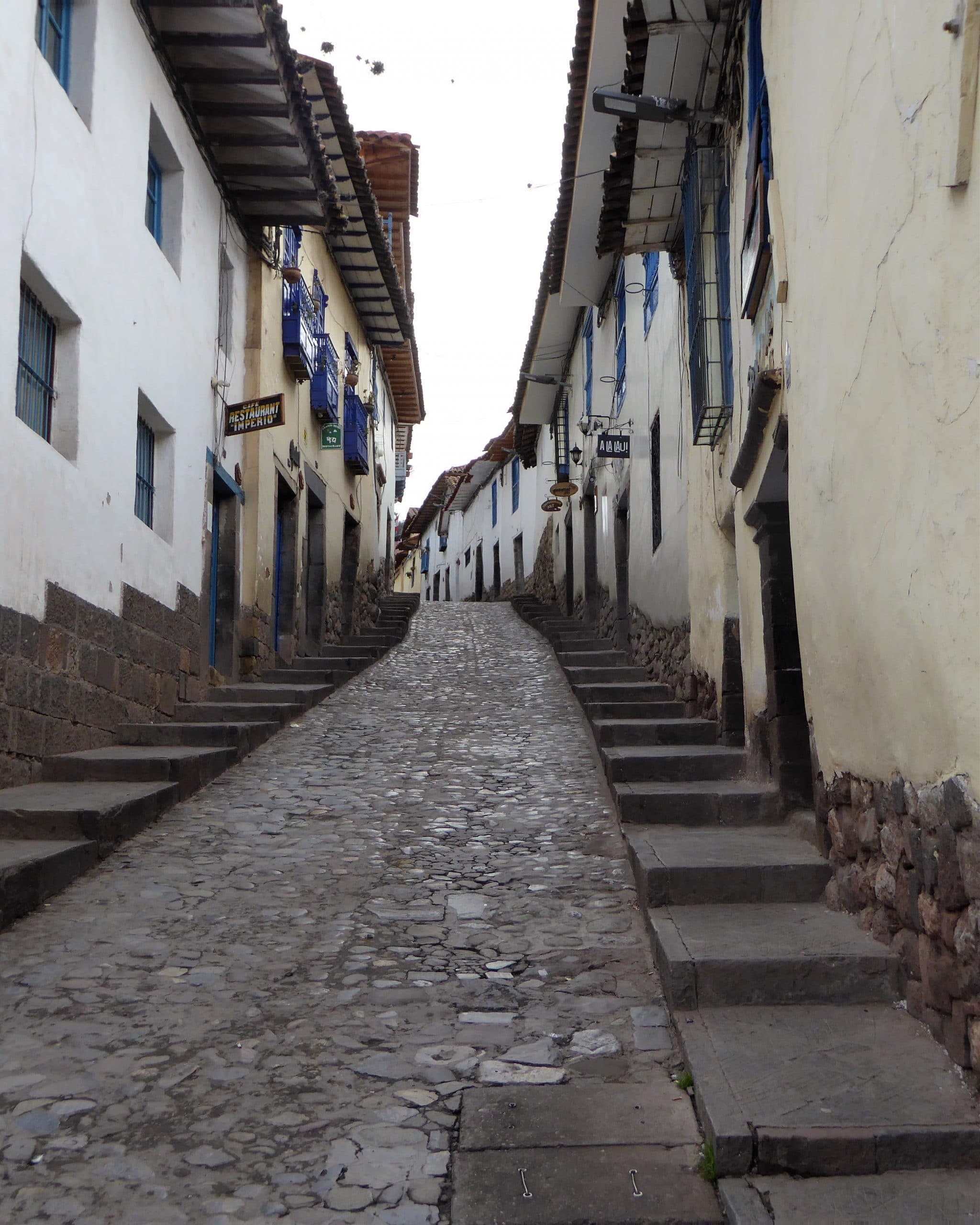
The Barrio de San Blas was completely renovated with the arrival of the Spanish, so it is a good example of colonial architecture. Its steep streets, stone floors and the stalls that are set up in the streets give this neighborhood a special life and a great tourist interest.
Cuzco Cathedral

Located in the Plaza de Armas, on what was the Palace of the Inca Wiracocha, the Cathedral of Cuzco is today one of the most obvious examples of Baroque in Peru and it has become the most important Christian temple in the entire city.
Churches of Cuzco
The Church arrived in the country with the Spanish settlers and, with it, numerous Catholic places of worship and convents were built in the city. In 1973, The Ministry of Education declared the Cultural Heritage of the Nation to the monumental area of Cuzco, recognizing the beauty and historical value of these buildings. If you walk through the monumental Cuzco, the Church of the Company and the Temple of Mercy are obligatory visits.
Get to know the city from another perspective
Sightseeing is not just visiting buildings and emblematic monuments. Sometimes, we take the most authentic image of a city wandering aimlessly through its streets or visiting local markets and observing the most daily activities.
The historical and monumental heritage of Cuzco is indisputable, but it is also the city is very authentic. If you are looking to soak up the Peruvian culture and want get to know this jewel of Peru from another perspectivePay attention to the places that I am going to propose to you below.
The San Pedro Market
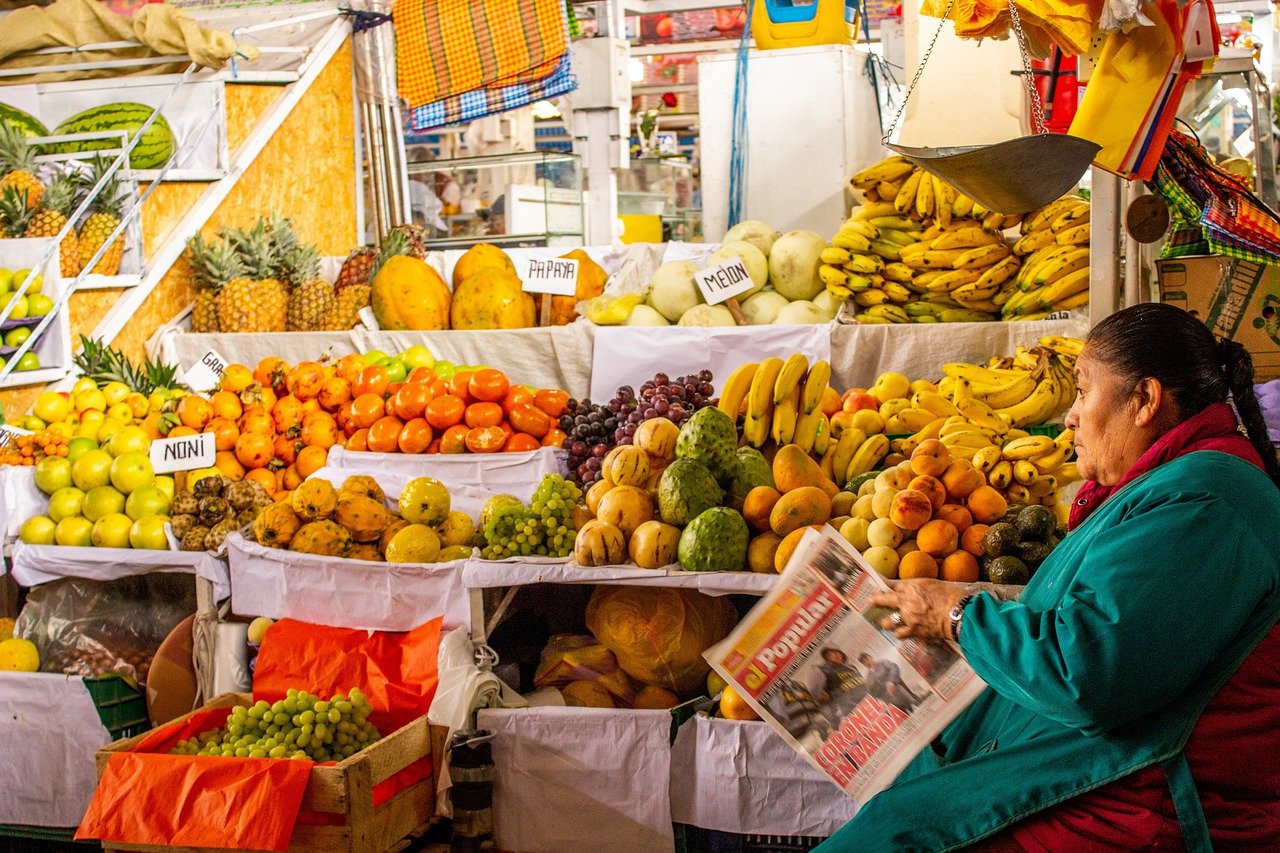
Located next to Calle Santa Clara, the Mercado de San Pedro, founded in 1925, continues to be the epicenter of local commerce in Cuzco. Fresh products, traditional crafts, flowers, spices, typical desserts are piled up place by place, creating a explosion of colors and flavors that suddenly immerse you in Peruvian culture.
You will hear people speaking in Quechua, ingenious vendors raising their voices to place their last existence and you will be part of those clueless tourists who mingle with the people of Cuzco who come to buy there every day and who are no longer enthralled with the details of each position.
Try the desserts, the typical food (with caution if you have a delicate stomach), chat with the shopkeepers and soak up everything that passes your eyes. If you are interested in gastronomy and want to know Peruvian culture first hand, include the Mercado de San Blas on your list of "things to do in Cuzco."
pukamuqu
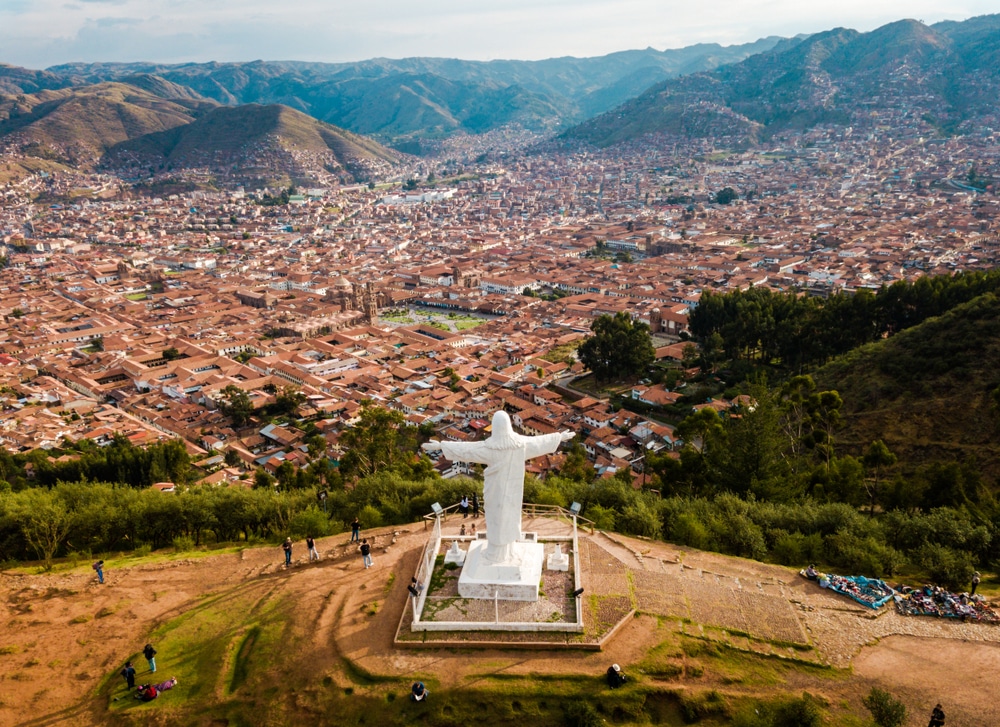
Personally, one of the first things I like to do when I arrive new to a city is to go up to a viewpoint, the higher the better, to appreciate its dimensions. Pukamuqu, is the ideal place to contemplate Cuzco from the heights.
Located about 30 minutes walking from the historic center, next to the statue of the White Christ, Pukumaqu is a natural viewpoint that will offer you an unforgettable view of the city. The layout of the streets, the reddish roofs, the buildings clustered in the valley and the hills in the distance, make up a panoramic image of Cuzco that you cannot help but fall in love with.
What excursions you can do from Cusco
Machu Picchu
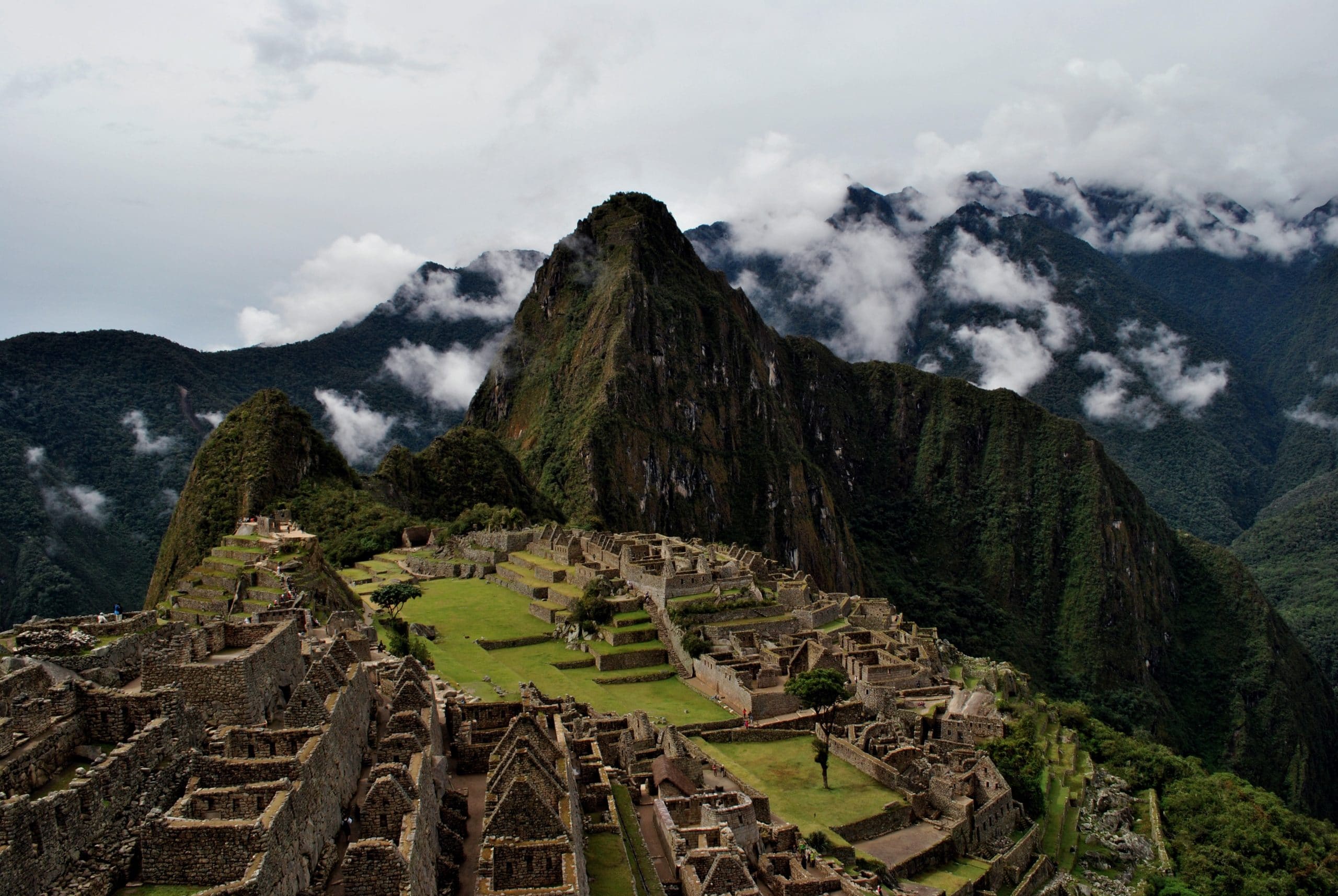
At 2.430 meters high and in the heart of a tropical forest, is Machu Picchu. The ancient Inca city, surrounded by mountains, has become one of the most visited sites in the world and It is considered one of the 7 wonders of the modern world I am not surprised! The architectural remains, walls, terraces, are discovered among the clouds that endow the ruins with magic and a very special mysticism.
There are numerous formulas to get to Machu Pichu From Cuzco, you can get there by free (by train, by car, or by bus) or by hiring the services of an agency. What you should keep in mind if you go on your own is that, being a space with such high historical value, the regulations for visiting the park are quite strict: you can only enter accompanied by an official guide and you must buy your ticket. Try to do these two steps in advance, as soon as you book your trip, because being such a busy place and where capacity is limited, you could lose the opportunity to get to know it.
Maras
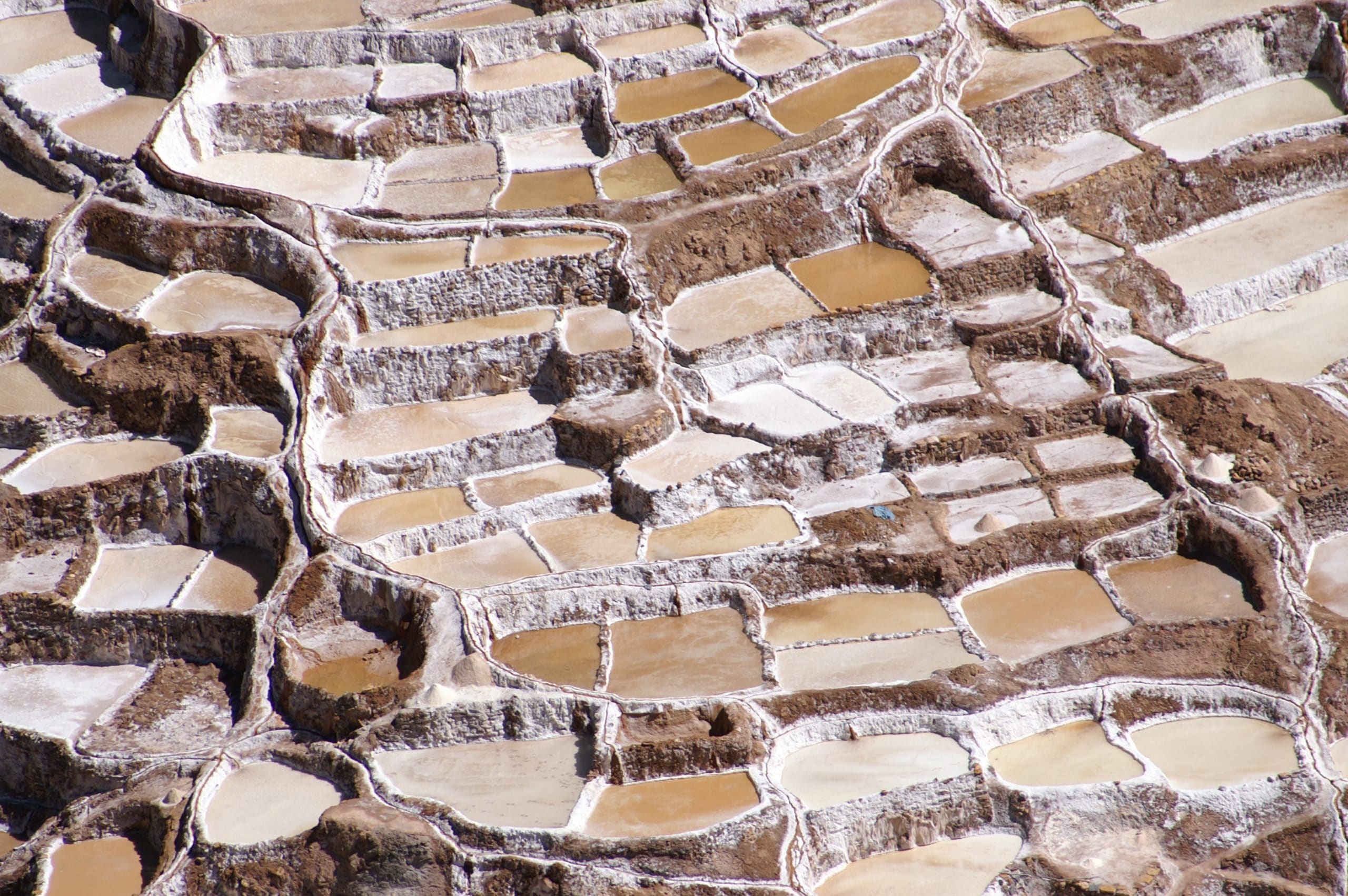
Maras is a picturesque town of Peru, located 3.300 meters above sea level and about 4 km from Cusco. The small town is known for its salt flats. Structured in terraces, the more than 3 thousand wells of natural salt they configure a unique landscape that will not leave you indifferent. In addition, within the salt mines, products made from the extracted salt are sold. If you want to take a souvenir to someone special, you could take advantage of these positions, so you could take advantage of it if you want to buy a gift or authentic souvenir.
It can get to Maras by bus from Cuzco and then taking a taxi from Maras to get to the salt flats. Another option is to hire some of the tours offered by tourism agencies that include transportation. There are agencies that offer the possibility of reaching the salt mines by motorcycle or quad. The experience is incredible, highly recommended if you travel in a group.
Practical tips for your trip to Cusco
How to change money in Cusco
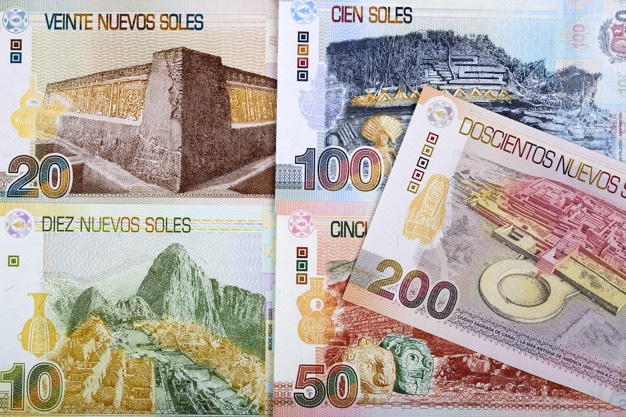
Changing money in Cuzco is quite easy, there are exchange houses everywhere, especially in the historic center, and the rates are usually reasonable. Before changing, with your own calculator do the accounts yourself, so you will know how much they have to give you and you will not have to go through the trouble of claiming money if there is an error and you find out later.
In the vicinity of the exchange houses and in busy streets of the center, they usually offer you change to black. Although the change may seem more advantageous, I don't recommend it Because they can sneak fake bills into you without you even noticing
How to get around Cuzco
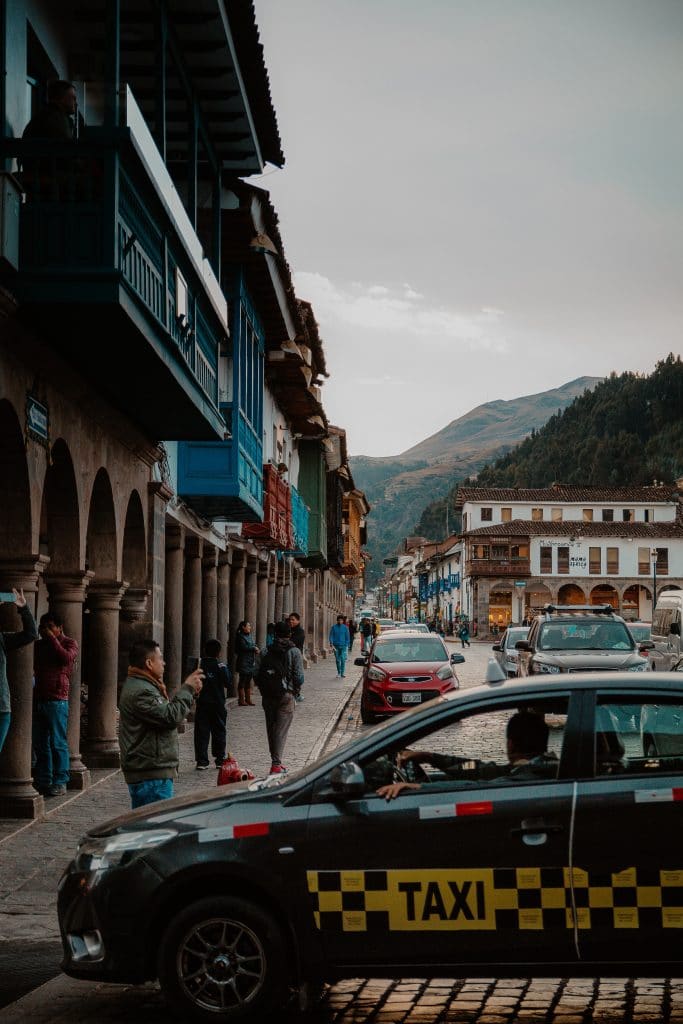
Luckily, Cuzco is a city that it is very well covered on foot. However, you may need to travel a bit from the historic center and you may want to visit places that are further away, so I will give you some guidelines about transportation in Cusco.
Taxis
Taxis in Cuzco They are very cheap, a displacement is around 10 Peruvian soles (the equivalent of 2,28 euros). If you go in a group, it is a good option and a very affordable expense.
Normally, people are honest. However, being tourists we always run the risk of having our prices inflated or of getting into a pirate taxi without knowing it (in Cuzco there are). To avoid this type of situation, it is best to stop someone there on the street and ask how much the journey usually takes. It will give you a price that will help you judge if the taxi driver is giving you the real prices. Before getting on, try to agree on the rate with the driver, you will avoid problems. However, I have to say that I did not run into any kind of problem.
Buses
Buses in Cuzco They are run by private companies. Each car bears a sign indicating where they are going. The price of the ticket is around 0,70 soles, which is equivalent to approximately 15 euro cents and you pay inside the bus. They happen quite frequently, every two or three minutes.
Cusco tourist ticket
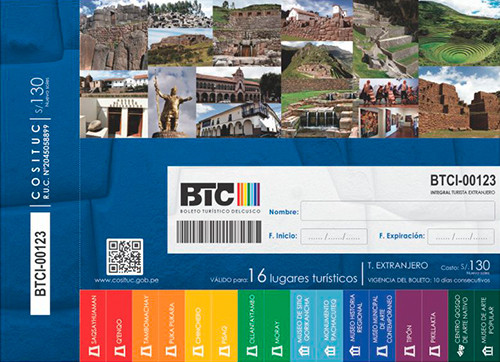
The Cuzco Tourist Ticket is a real wonder. It works as a kind of voucher that allows access to places of tourist interest in the area. There are different types of tickets: the integral tourist ticket, which allows you to visit a total of 16 places; and partial tickets, which allow entry to some of the places on that list.
If you're going to be in Cuzco for a long time, I wouldn't think about it. Although the BTC does not include the entrance to Machu Picchu, it is worth it and represents a significant saving when entering the most emblematic places of the city.
Free tours
It is not the same to visit Cuzco alone than with the help of a guide. The free tours consist of highly recommended for travelers who want to know the historical details from every corner that they discover in the ancient capital of the Inca Empire.
There are different companies that organize them and, normally, they depart from the historic center of the city. The operation is very simple, you register (you can do it through the internet) and at the end of the tour you give the guide the amount you consider appropriate.
Beware of altitude sickness!
Being so many meters above sea level, the tourist visiting Cuzco can experience the dreaded "altitude sickness". Although it is quite unpleasant and there are those who have a really bad time It usually happens when you've been in the city for a couple of days. The severity of the symptoms depends on each case, but usually leads to dizziness, nausea and headaches.
To avoid altitude sickness, it is best get plenty of rest, don't eat too large meals and drink plenty of water. There they chew coca leaves to fight it. If you are one of those who suffer the most serious symptoms and "altitude sickness" is bothering your trip, you can consult a pharmacy, there are some medications that relieve it.
Water and food
If you are a foreigner, it is not advisable to drink tap water in Peru. Although some Peruvians take it without any problems, it may be that you, being not used to it, can make you feel bad. It is best not to take risks and drink only filtered or bottled water.
As for food, the same thing happens. It's not that street food is bad or spoiled, but can be aggressive to an unaccustomed stomach. Be careful what you try and carry some antidiarrheal medication, just in case.